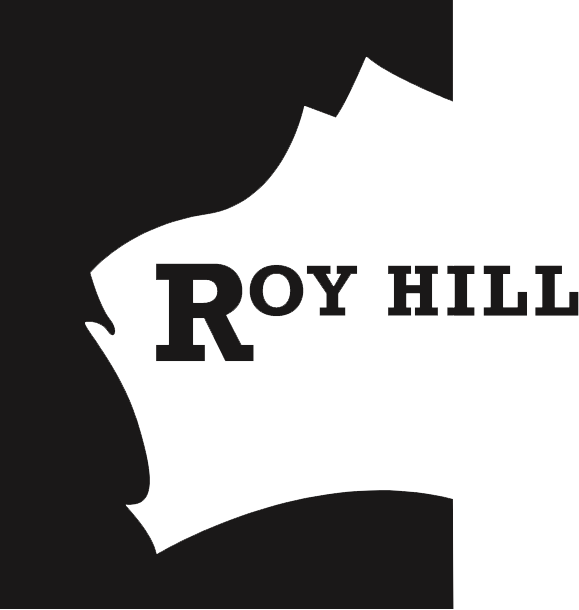News
Rinehart prepares for Roy Hill ore boost
Article by Nick Evans courtesy of the Australian
The biggest privately owned mine in Australia is about to pull the trigger on a significant expansion as Gina Rinehart’s Roy Hill iron ore operations prepare to switch on a magnetic separation plant.
Roy Hill has spent the past 14 months building a high-intensity magnetic separation plant at the back end of its processing facility, designed to strip the last and smallest particles of iron from the wet tailings it deposits at the mine’s dam.
When fully built, the wet high-intensity magnetic separation plant (WHIMS) will deliver another four to five million tonnes of high-grade iron ore to Roy Hill, taking the mine’s export capacity to about 60 million tonnes.
It is understood the new product will grade between 61 per cent and 64 per cent iron, and will be used as a blending stock to upgrade product from lower-grade parts of the 22km-long deposit, and extend the life of the mine.
Before the WHIMS plant was built, the ultrafine iron ore particles it separates from waste were deposited in Roy Hill’s tailings dams and it is understood the company is considering feasibility studies to test the viability of reprocessing some of that material to recover iron ore previously lost into the dams.
Roy Hill says the WHIMS plant is the first of its type in the Pilbara’s iron ore industry.
It is believed the success of the plant is being closely watched by other miners in the area, particularly Fortescue Metals Group, which operates a similar wet beneficiation plant to Roy Hill at its nearby Christmas Creek and Cloudbreak mines.
Commissioning of the first stage of Roy Hill’s WHIMS plant is due to begin this month, and the plant is not expected to be fully operational until about the middle of next year.
The plant will help hold up the profitability of Roy Hill amid an expected softening of iron ore prices next year, as Vale’s Brazilian mines — curtailed after tailings dam disasters early this year — slowly return to full capacity.
Roy Hill chief executive Barry Fitzgerald said the WHIMS facility, painted bright pink as part of Mrs Rinehart’s “desire to encourage our staff to be supportive of breast cancer patients”, was the first separation plant to be used by a large-scale Australian iron ore miner at a hematite iron ore operation.
“The WHIMS plant will reduce our environmental impacts by decreasing our tailings waste by approximately four million tonnes per annum, as well as provide that four million tonnes per annum as additional iron ore without increasing the amount of material mined (because it’s already part of the material that has been mined),” he said.
“Commissioning began this month and we are targeting first ore in December.”
Despite teething troubles early in its life, Roy Hill is expected to hit 55 million tonnes a year nameplate exports in the 2019-20 financial year.
Spurred by surging iron ore prices early this year, Roy Hill booked a $1.4bn after-tax profit in 2018-19 — only its third full financial year of operations after shipments from the mine first began in December 2015.
Roy Hill is 70 per cent-owned by Mrs Rinehart’s Hancock Prospecting, with Japanese trading giant Marubeni holding 15 per cent, Korea’s POSCO 12.5 per cent and China Steel Corporation owning 2.5 per cent.
The reporter travelled to the Pilbara as a guest of the Chamber of Minerals and Energy.

